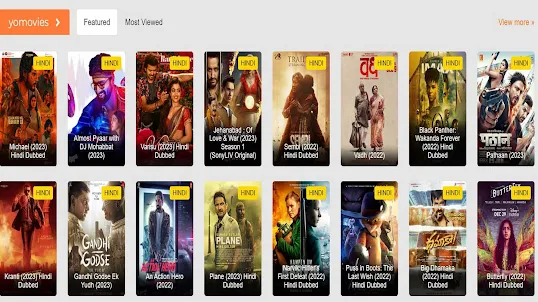Color Wheel: Breaking the Rules Unconventional Uses

The color wheel, a fundamental tool in the realm of art and design, traditionally serves as a guide for harmonious color combinations. However, true innovation often arises when artists embrace unconventional approaches and challenge established norms. In this exploration, we’ll delve into the exciting world of unconventional uses of the color wheel in art, from deliberately breaking rules to incorporating random color generators. Let’s discover how artists push the boundaries to create mesmerizing and unexpected visual experiences.
1. Embracing Color Contrasts: Beyond Complementary Colors
While the color wheel typically emphasizes complementary color pairs, artists often explore more complex contrasts. By combining colors that are not directly opposite each other on the wheel, they create intricate and unexpected harmonies. This approach involves experimenting with triadic, tetradic, or even more elaborate color schemes to produce visually striking and unconventional compositions.
2. Analogous Overload: Monochromatic Intensity
Contrary to the conventional advice of using analogous colors sparingly, some artists purposefully overload their compositions with analogous hues. This bold strategy challenges the traditional notion of color balance, resulting in artworks that exude a vibrant and intense monochromatic energy. By breaking away from the expected, artists create pieces that demand attention and evoke unique emotional responses.
3. Dynamic Split-Complementary Experiments
Rather than sticking to a single split-complementary color scheme, some artists take it a step further by dynamically shifting their color choices within a piece. This technique involves incorporating various split-complementary combinations throughout the artwork, creating a visually engaging and ever-changing experience. The result is a dynamic interplay of colors that captivates the viewer’s eye.
4. Dissonant Harmonies: Tension in Analogous Combinations
Conventional wisdom advises against using analogous colors that are too close on the color wheel to avoid visual monotony. However, some artists intentionally exploit this proximity to create dissonant harmonies. By pushing analogous colors to their limits, they introduce tension and unpredictability, challenging viewers to explore the nuances within seemingly similar hues.
5. The Power of Neutrals: Breaking Free from Saturation
While the color wheel primarily emphasizes vibrant and saturated hues, some artists deliberately explore the power of neutrals. By incorporating muted tones, grays, and browns, they challenge the conventional notion that impactful art must be saturated with color. This departure from traditional vibrancy allows for a subtler and more nuanced visual experience.
6. Chromatic Aberrations: Distorted Realities
Artists fascinated by the unconventional use of the color wheel often experiment with chromatic aberrations. This technique involves deliberately distorting colors, creating visual anomalies that challenge perceptions of reality. By introducing unexpected shifts in color intensity or hue, artists disrupt the norm and prompt viewers to question their visual interpretations.
7. Randomness as a Creative Catalyst: Introducing the Color Generator
In the spirit of breaking rules, some artists embrace the randomness offered by color generators. These tools, often available online, generate color combinations without adherence to traditional color theory. By incorporating random color generater into their work, artists introduce an element of surprise and spontaneity, fostering creativity and pushing the boundaries of their artistic expression.
8. Algorithmic Art: Computational Creativity
For some artists, the color wheel becomes a canvas for algorithmic exploration. Through the use of computer algorithms, artists create intricate and complex color patterns that defy traditional color relationships. This form of computational creativity allows for the generation of visually stunning and unpredictable artworks that challenge both the artist and the viewer.
9. Emotional Color Wheel Choices: Defying Color Symbolism
Conventional color theory often associates specific emotions with particular colors. However, some artists intentionally defy these color associations to evoke unexpected emotional responses. By using colors in unconventional ways, they challenge preconceived notions and invite viewers to experience a range of emotions beyond the expected.
10. Beyond the Canvas: Unconventional Applications in Design
Unconventional uses of the color wheel extend beyond traditional art forms and into the realm of design. Graphic designers, for example, may experiment with unconventional color choices in branding, web design, and advertising to capture attention and create memorable visual experiences. This departure from traditional color applications can lead to innovative and impactful design solutions.
Conclusion: Pushing the Boundaries of Color
In the world of art, true innovation often arises when creators push the boundaries of established norms. Unconventional uses of the color wheel provide artists with a playground for creativity, allowing them to break free from traditional constraints and explore new visual territories. Whether experimenting with dynamic split-complementary schemes, embracing the randomness of color generator, or challenging color symbolism, artists who dare to break the rules contribute to the ever-evolving landscape of artistic expression. As we celebrate the unconventional, we witness the transformative power of color in the hands of those who are unafraid to challenge, experiment, and redefine the possibilities of visual art.





